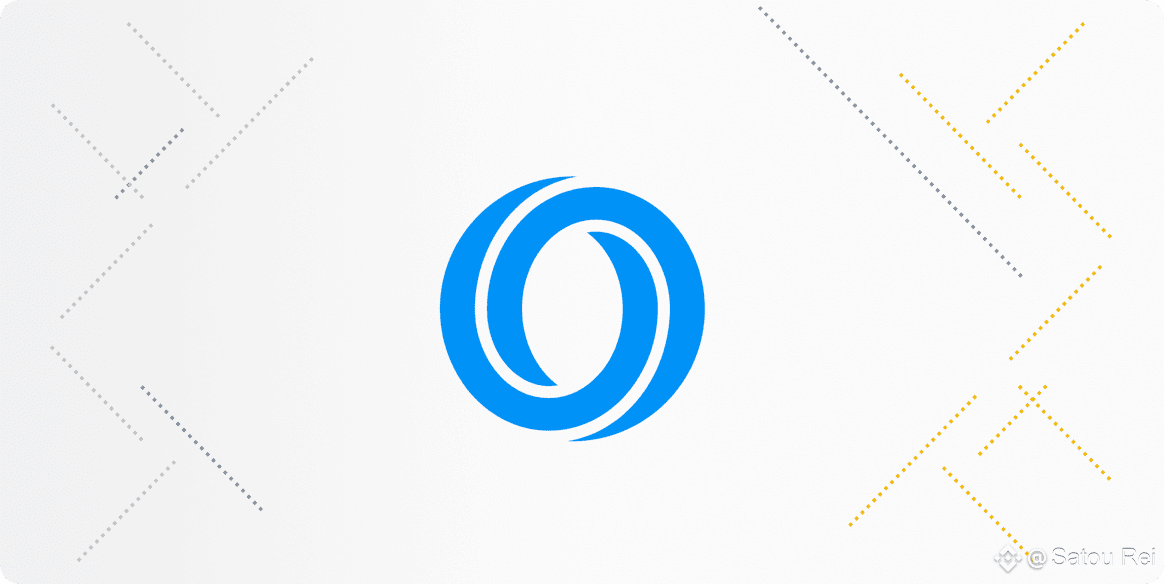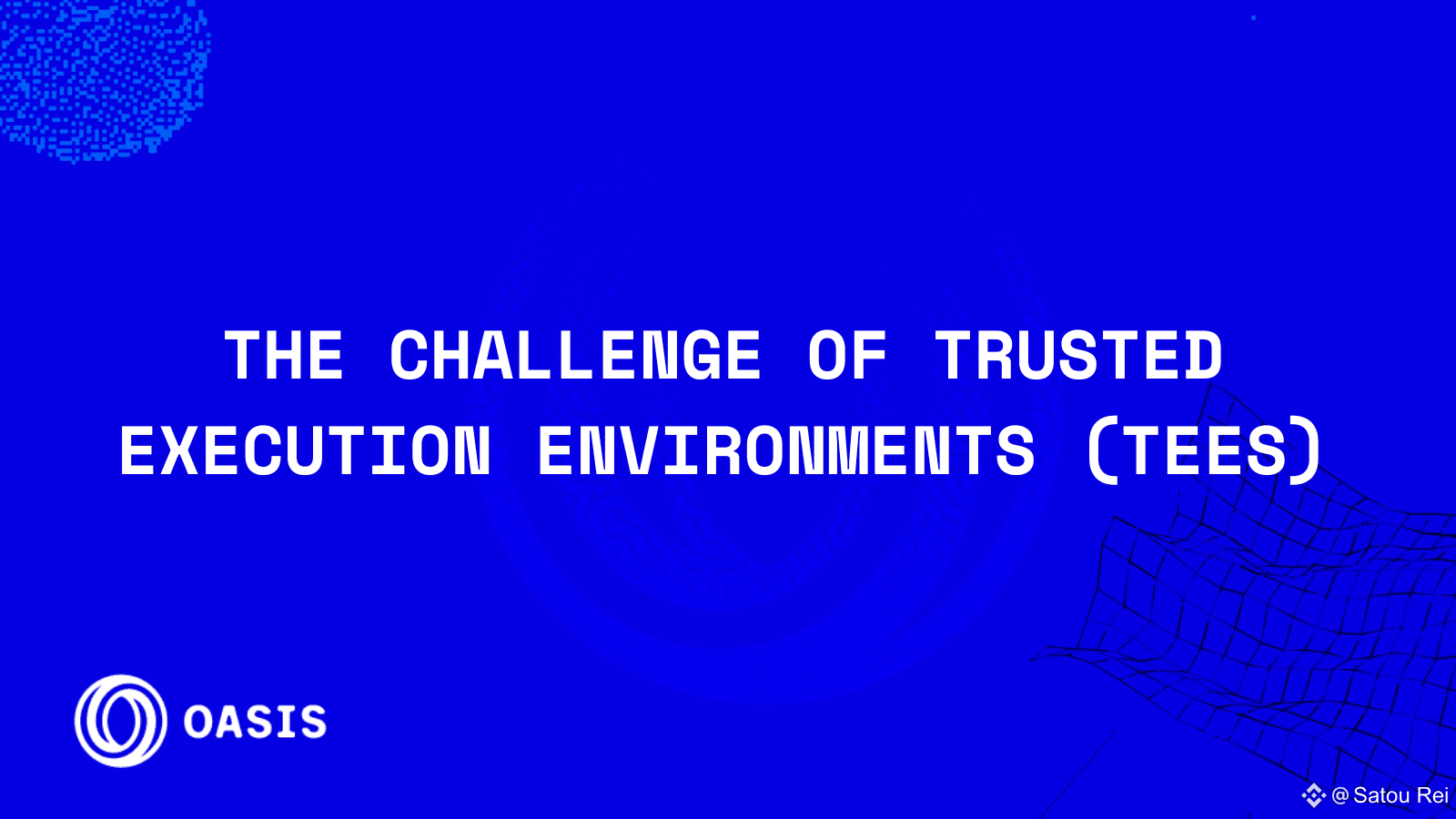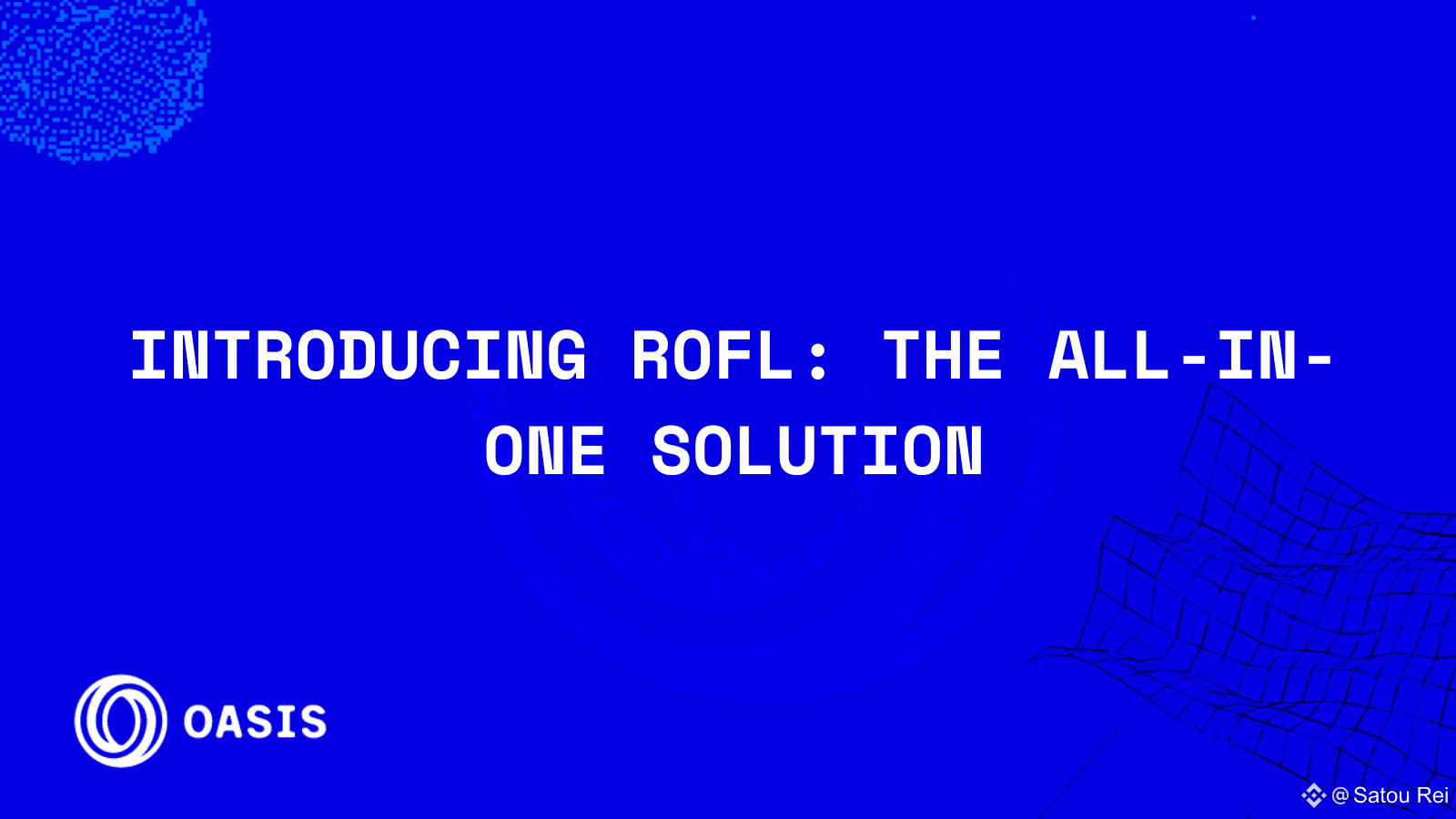
As the digital world continues to evolve, Web3 emerges as a transformative vision for a decentralized, transparent, and user-empowering internet. This new paradigm promises to shift control from centralized corporations to individual users. However, to fully realize this vision, the Web3 ecosystem must overcome a fundamental challenge: ensuring robust safety and security for decentralized applications (dApps). Oasis Network, a leading privacy-focused blockchain project, has brought forth a powerful and promising answer to this challenge with an integrated solution called ROFL.
This article delves into the content presented in the video, exploring the inherent limitations of current security technologies and detailing how Oasis Network is meticulously engineering a more secure and reliable foundation for the future of Web3.

The Challenge of Trusted Execution Environments (TEEs) 🛡️
A Trusted Execution Environment (TEE) is a critical hardware-based technology that creates a secure, isolated area inside a computer's main processor. This enclave is designed to execute code and handle sensitive data with strong integrity and confidentiality guarantees. TEEs provide core features such as:
Isolated Execution: Code and data are cryptographically protected from the host operating system, hypervisor, and other applications on the system.
CPU-Internal Encryption Keys: Data is encrypted and signed with unique keys that are generated within the CPU and are inaccessible to any external software.
Remote Attestation: This mechanism allows a remote party to verify that a specific application is running within a genuine and up-to-date TEE, providing a cryptographic proof of its secure status.
However, as Yikos from Oasis Network emphasized, deploying TEEs alone is insufficient for building truly secure decentralized systems. They solve one part of the puzzle but leave critical gaps. We still face difficult questions like, "How can we cryptographically verify what constitutes the correct code?" or "Which specific TEE, among many, can be trusted for a given task?". Without a framework for verification, a malicious actor could potentially run harmful code inside a TEE that is itself secure. Furthermore, TEEs have an inherent weakness tied to their physical hardware: if the CPU is physically damaged or destroyed, all its unique internal keys are lost forever, leading to the permanent loss of any data encrypted with them. This is a critical point of failure for any dApp requiring high availability and data persistence.

Oasis's Vision: A Comprehensive Framework for TEEs 💡
To overcome these significant limitations, Oasis Network proposes a comprehensive, multi-layered framework that adds crucial layers of security, resilience, and governance around the core TEE technology.
1. Decentralized Key Management System (KMS)
To solve the critical problem of data loss and to manage secrets effectively, a Key Management System (KMS) is essential. Oasis envisions a decentralized KMS that runs on a network of replicated and geographically distributed TEEs. Distributing the KMS in this manner builds resilience against regional outages, targeted attacks, or single-provider failures, ensuring that cryptographic keys can be securely recovered and managed. 🔑
2. On-Chain Policies and Governance
Defining what constitutes "correct code" should not be an arbitrary decision. It must be governed by clear, transparent, and enforceable policies. By storing these policies on-chain, they become immutable and publicly auditable. This allows the community to participate in governance, defining crucial rules such as which TEE security versions are acceptable, where the application's source code must originate from, and on which specific providers or servers the application is permitted to run.
3. Reproducible Builds
To guarantee that the application running inside a TEE is the exact version that was audited by security experts, the ecosystem needs reproducible builds. This means that anyone can take the publicly available source code and, through a deterministic build process, produce a binary that is bit-for-bit identical to the official one. This provides an independent and trustless way to verify the integrity of the software. 🔍
4. Container Support and Execution Transparency
To enhance developer experience and accelerate adoption, the framework must support popular development tools like containers (e.g., Docker) while still ensuring a minimal Trusted Computing Base (TCB). Furthermore, maintaining an immutable, on-chain log of all application execution histories is vital. This transparent record serves as an audit trail, ensuring compliance with all established policies and governance decisions.
5. Decentralized TEE Providers
In alignment with the core philosophy of Web3, the framework must be supported by a decentralized ecosystem of TEE providers. This prevents vendor lock-in and the centralization risks associated with relying on a single entity. It also fosters a competitive marketplace, driving innovation, better service, and more accessible pricing for developers. 🌐

Introducing ROFL: The All-in-One Solution 🌟
Based on this holistic vision, Oasis Network developed ROFL (Remote Off-chain Function)—a framework that provides all these necessary components as a default, integrated package. The name itself hints at its purpose: securely executing functions off-chain with on-chain verification. ROFL comes with built-in:
A Decentralized Key Management System.
Application Policy Management.
Execution Transparency.
Reproducible Builds.
A Decentralized Marketplace for TEE providers.
Benefits of ROFL:
For Developers: ROFL dramatically simplifies the entire lifecycle of a TEE application, abstracting away much of the underlying complexity. It streamlines creation, management, building, verification, and the handling of secrets.
For Providers: ROFL offers a ready-made marketplace for providers of TDX (Intel Trust Domain Extensions) resources, giving them access to a growing ecosystem and the tools needed to deploy TEE applications easily.
To further support users, Oasis also provides ROFL.app, an intuitive web frontend for managing ROFL applications, helping with monitoring, deployment, and other advanced tasks.
Practical Applications and Future Potential 💼
What can be built with ROFL? The potential is vast and transformative:
Trustless DeFi Agents: Build automated trading bots or yield-farming agents that can execute complex strategies with private logic, all without users having to surrender custody of their funds to a centralized service.
Confidential Oracles: Create next-generation oracles that can securely fetch and process sensitive data from private APIs or proprietary databases, bringing valuable real-world data on-chain with verifiable integrity.
Private AI Inference: With GPU support from TDX instances, ROFL enables AI models to perform inference on sensitive datasets (e.g., medical records, financial data) while guaranteeing data privacy. This unlocks new possibilities in research and industry where privacy has been a major barrier.
Conclusion
The Web3 world is at a crucial juncture where its future growth hinges on solving the challenges of security and trust. Through ROFL, Oasis Network does more than just patch the weaknesses of TEEs; it delivers a powerful, cohesive, and accessible toolkit for building a new class of dApps. By seamlessly integrating cutting-edge hardware security with decentralized governance, secure key management, and on-chain transparency, ROFL is laying the essential foundation for applications that are not only feature-rich but fundamentally secure. This represents a significant leap forward, positioning Oasis as a key infrastructure provider and promising a future where users can confidently and securely engage with the decentralized digital world. 🌍✨

